The shocking amounts of money people throw away
The staggering amounts of money we're wasting

Globally, around one-third of all food that’s produced is wasted, meanwhile we’re buying 60% more clothing than in 2000 yet keeping it for half as long. For one thing, this takes a terrible toll on the planet, as mountains of garbage from Western countries end up in southeast Asia and plastic ends up in the ocean. But it’s also causing us to throw crazy amounts of money down the drain each year, as we'll show you if you click through.
Food waste
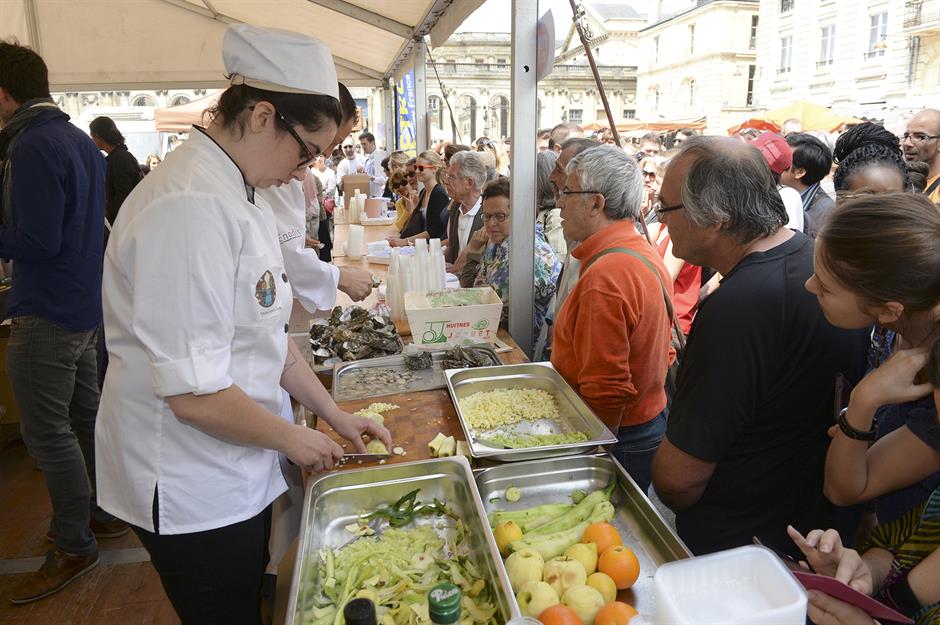
The United Nations' Food and Agriculture Organization (FAO) states that, globally, industrialized nations waste 10 times more food than developing countries. It’s estimated that food losses and waste amount to roughly $610 billion (£472bn) in industrialized countries and $310 billion (£240bn) in developing countries. Some countries are taking a stand, with France ruling in 2016 that all large stores must pass on unused food to charities, such as at this cooking event in Bordeaux pictured.
Food waste
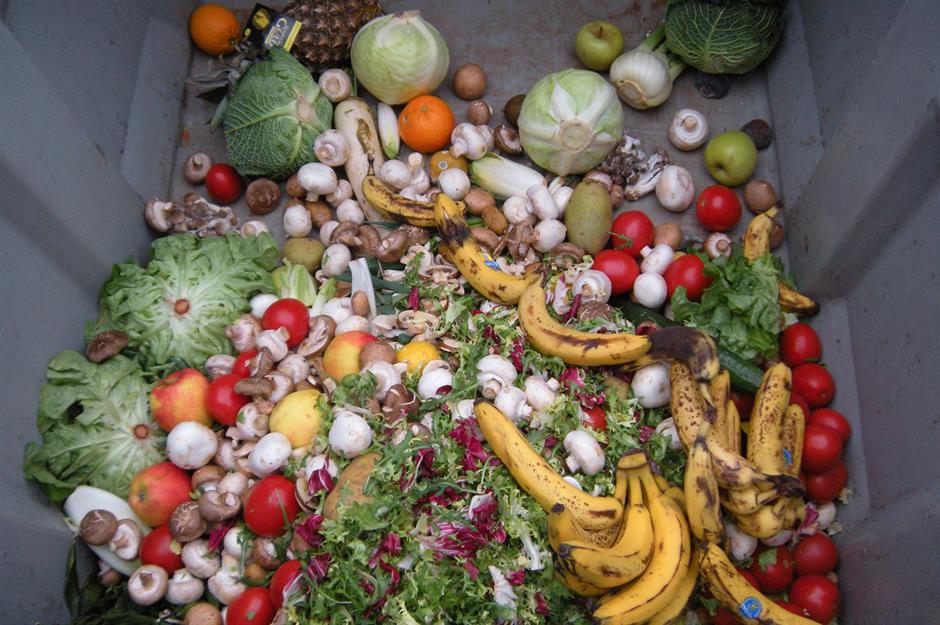
In the US, the average adult spends $2,798 (£2,166) per year on food that ends up getting thrown out, according to a survey of 2,000 Americans by OnePoll for appliances company Bosch. Around 40% of all food in the US gets wasted, according to a report by the Natural Resources Defence Council (NRDC). The UK isn’t much better. A poll by Lottoland found that the amount of food wasted per person totals £2,026 ($2,616) each year. Potatoes, bread and milk were the items people were most likely to thrown away, with a staggering 5.8 million potatoes thrown out each day.
Food waste

In Canada, each household throws away an estimated CA$1,100 (US$840/£650) of food that could have been eaten each year. The National Zero Waste Council estimates that this equates to almost 2.2 million tonnes of edible food wasted. In Australia, the typical family throws out AU$3,500 (US$2.4k/£1.9k) of food each year, the documentary War on Waste has found, with a third of weekly food purchases being dumped. Some have turned to dumpster diving (pictured) – foraging for edible food in supermarket bins – to raise awareness about food waste at all points along the supply chain.
Unworn clothing

The fashion industry is an incredibly wasteful one, with three-fifths of clothing ending up in landfill or in incinerators just one year after they’ve been produced. With clothes becoming cheaper to buy, we’re buying more of them. By 2030, global apparel consumption is expected to rise by 63%, according to a report published last year by sustainability nonprofit organization Global Fashion Agenda and the Boston Consulting Group.
Unworn clothing
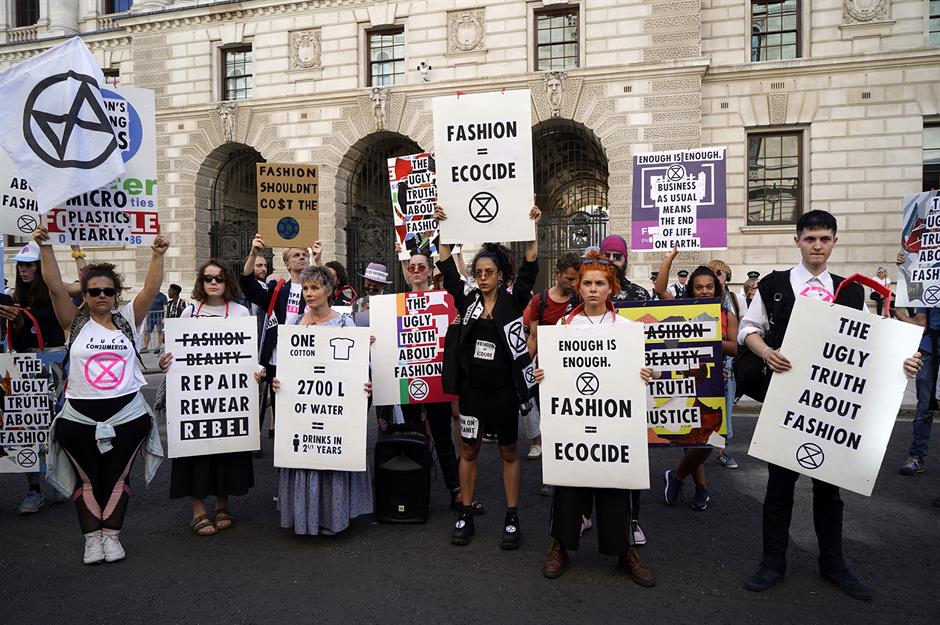
The amount of money that Brits spend on clothes that are never worn is £733 ($949) per year, according to Lottoland survey data. Earlier this year, UK label Missguided caused controversy when it launched a £1 ($1.29) bikini, with campaigners labeling it a symbol of throwaway fashion culture. Pictured are environmental campaigners from Extinction Rebellion at London Fashion Week.
Unworn clothing
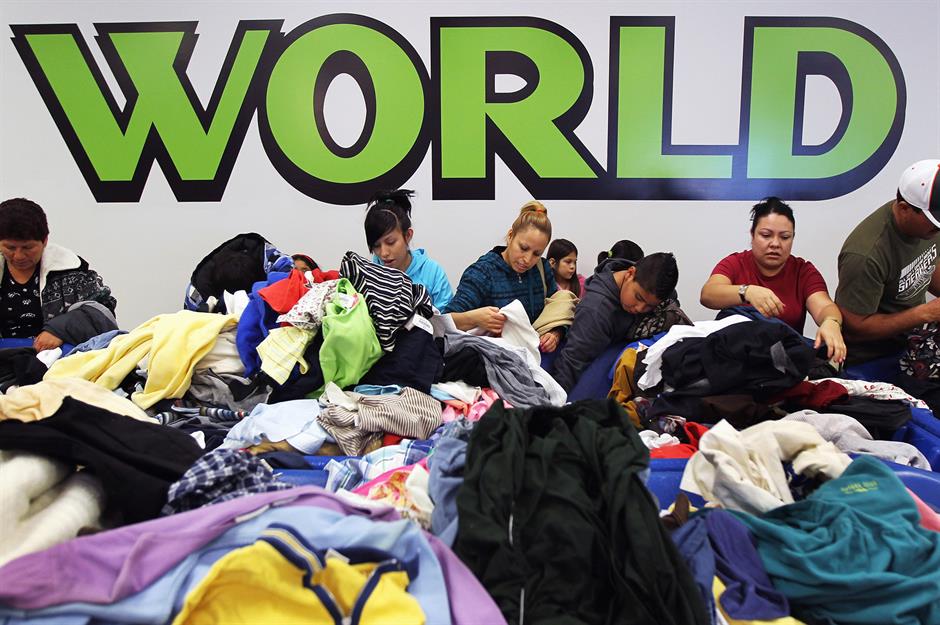
Meanwhile in the US, a survey by VoucherCloud found that the average woman had never worn one-fifth of the clothing in her wardrobe, equating to around $550 (£430) of unworn items. The Bureau of Labor Statistics (BLS) reports that the average American family spends $1,700 (£1.3k) on clothes annually. Back in 1930, the average American woman owned nine outfits – nowadays, she owns on average 30. Along with this comes more unworn clothing, which means more wastage. Pictured are shoppers looking at second-hand clothing at a goodwill store in Denver, Colorado.
Actual money
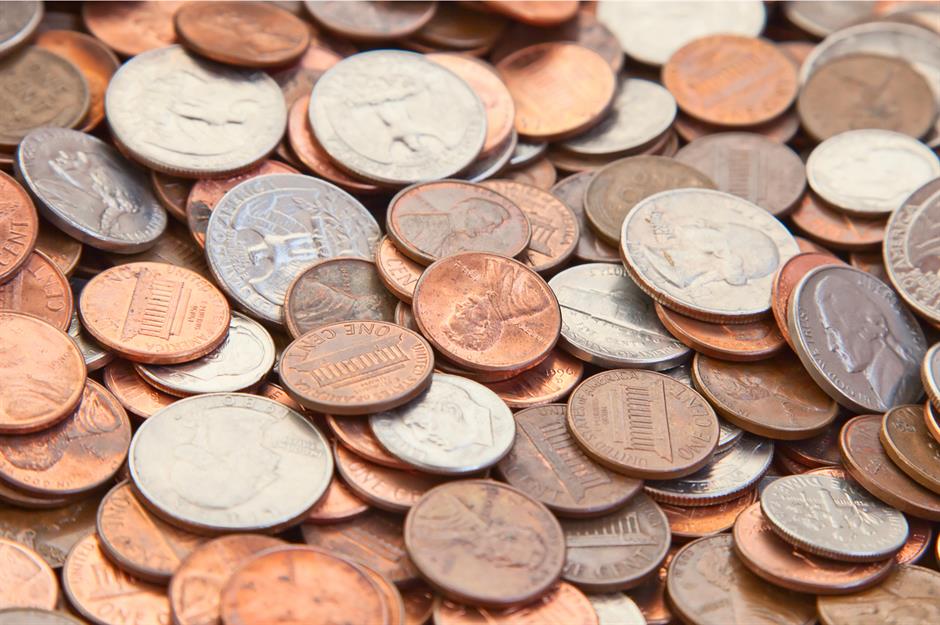
It seems strange to think that people would throw actual money away. Yet with cash becoming increasingly obsolete and small change dwindling in value due to inflation, people are increasingly doing just that. In the US, people threw out a staggering $62 million (£48.1m) worth of loose change in 2015, according to waste management company Covanta Holding Corp. In the UK, 8% of all 1p coins are thrown out, while three-fifths of all 1p and 2p coins are only ever used once.
Unused gift cards
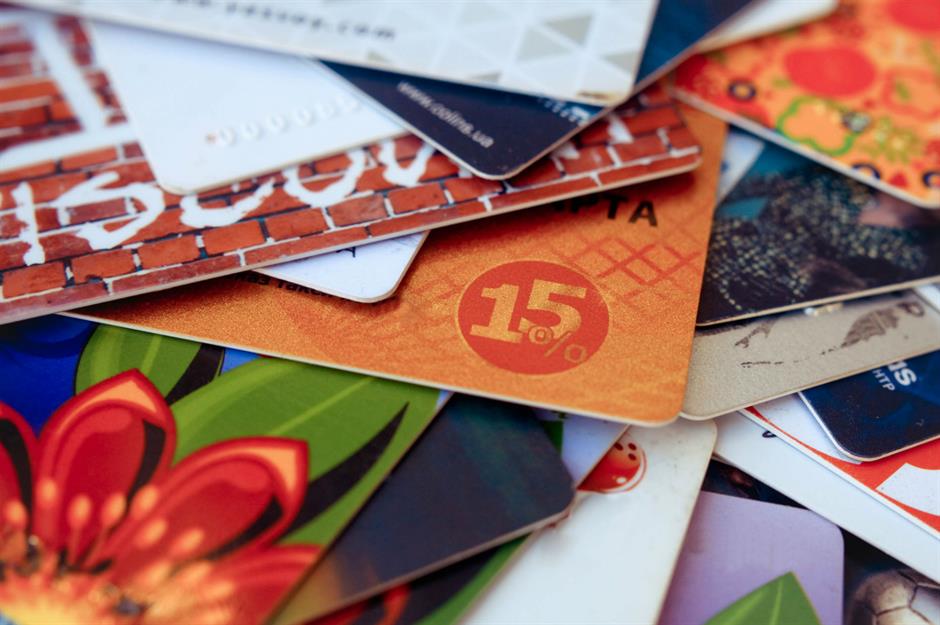
While it’s not technically thrown away, if you leave gift cards unspent the money will be pocketed by retailers. In 2017, Americans spent more than $130 billion (£101bn) on gift cards, yet $1 billion (£776m) of that was not spent, according to research by advisory company CEB TowerGroup. Meanwhile in the UK, £300 million ($387m) is wasted on unused gift cards each year.
Unwanted Christmas presents

But seriously – you shouldn’t have. According to research by Finder.com, Americans spent a staggering $13 billion (£10bn) on presents that weren’t used or wanted last year, with 56% of survey respondents saying they received at least one gift they didn’t want. In the UK, people spent nearly £962 million ($1.2bn) on unwanted presents last year, a VoucherCodes survey found.
Fee-charging bank accounts

In the UK, the average bank user pays £152 ($196) a year in fees, with only 7% of current account customers paying no fees at all. Over half of the fees related to using an overdraft. Meanwhile in the US, people are getting caught out by fees on their 401(k) retirement savings: a NerdWallet study found that the average American will spend $200,000 (£155k) on 401(k) fees in their lifetime, some of which can be avoided by shopping around for a good 401(k) plan.
ATM fees

Sometimes it’s unavoidable to use an ATM that charges you to take money out. Even so, the amount of money lost in ATM charges each year is staggering. In the US, the three biggest banks – JPMorgan Chase, Bank of America and Wells Fargo – earned $900 million (£703m) from ATM fees in 2016, with some ATMs charging as much as $4 or $5 (£3.10-£3.90) for cash withdrawals.
Here are some other secrets banks don't want you to know about
Unused subscription services

As subscription services are likely to be a relatively small amount of money coming out of your bank account each month, it can be easy to forget about them – meaning we end up paying for services we don’t use. In the US, the average person wastes $347.81 (£270) per year on unused entertainment subscription services, according to a survey by GoBankingRates. Meanwhile in the UK, people waste £250 ($322) a year on unused subscriptions, according to UK cashback site TopCashback, with 72% of people admitting they’d paid for a service they rarely used for at least three months.
Unused gym memberships

Of all the neglected subscription services, gym memberships are one of the most commonly underused. In the US, people waste $1.8 billion (£1.4bn) annually on gym memberships they never use, according to Finder.com research. Out of all membership holders, 6.3% had never used their membership. In the UK, the number of wannabe gym-goers is even higher. Brits waste a hefty £4 billion ($5bn) each year on unused gym memberships, according to a survey by snack company Fridge Raiders.
Unused phone data
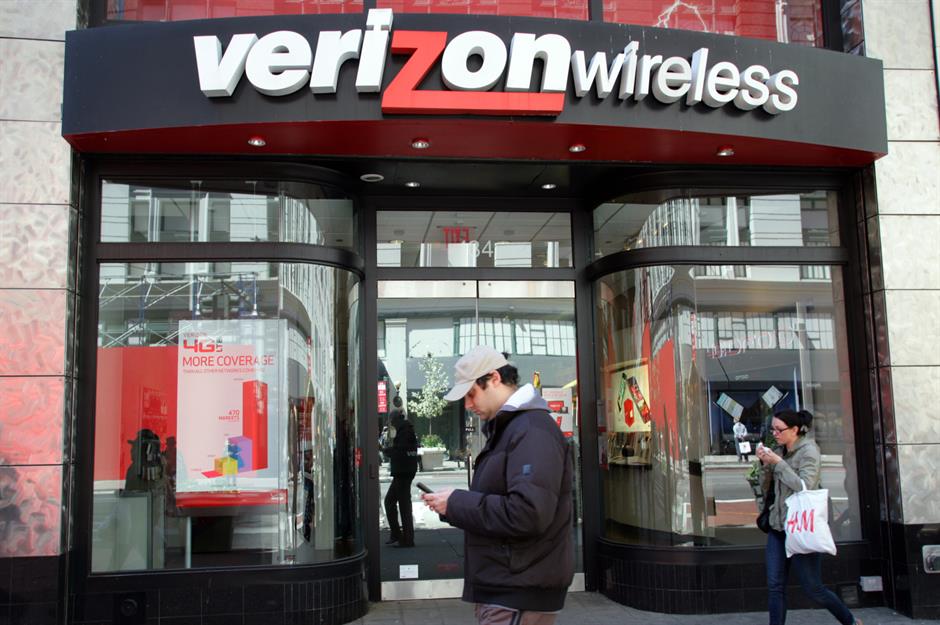
Devices left on standby

It’s something most of us hardly think about, yet our cash is flowing out of our devices that are left on standby. In the UK, households waste £86 ($111) a year through devices left on standby, according to comparison site MoneySuperMarket. Meanwhile in the US, around a quarter of all residential energy consumption is from devices left on standby, according to research by the Natural Resources Defense Council. This ends up adding $19 billion (£14.8bn) to American electricity bills every year.
Lottery tickets
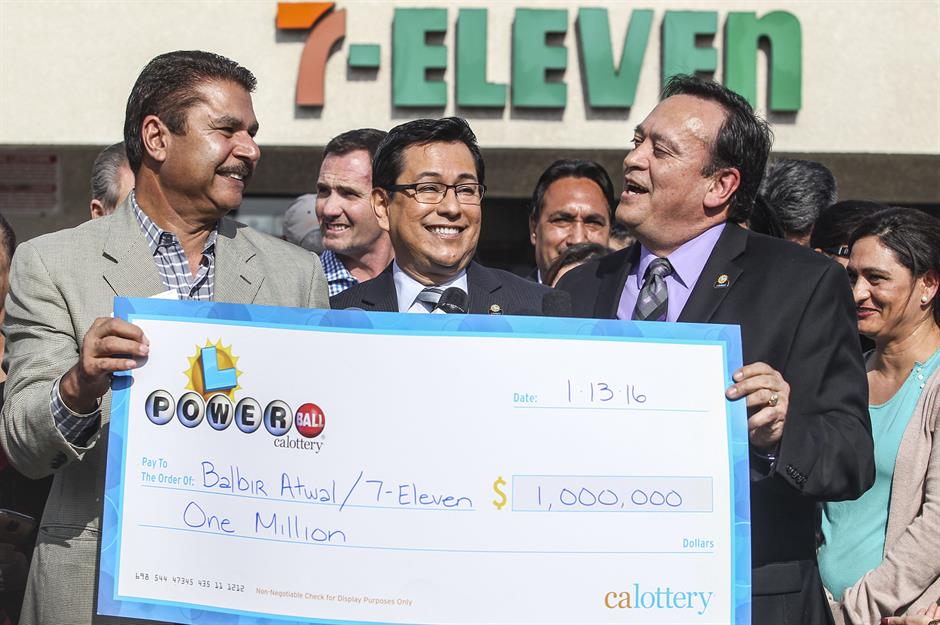
We all know the odds are tiny – yet so many of us still splurge on lottery tickets. The average American spends $223 (£173) per year on lottery tickets, according to a report by loan marketplace LendEDU. But Brits are even worse. The average person in the UK spends £416 ($536) a year on lotteries and scratch cards, with a staggering 52% of people never having won anything from them, according to research by gambling site Casinoroom.com.
Read the stories of 20 lottery winners who blew the lot
Warranties

Buying an extended warranty with a high-value item or appliance might seem like a smart idea but think twice before you splash the cash. Retailers allegedly make a massive 50% profit on warranties, while they make just 10% from the sale of products. In 2016, Americans spent an estimated $23 billion (£17.9bn) on “protection plans for their appliances, electronics, computers, and mobile phones”. Meanwhile, in the UK people might be buying warranties for the wrong reasons: a Which? survey found that 22% of customers who bought warranties said they felt pressured by staff into buying them.
Unclaimed tax deductions
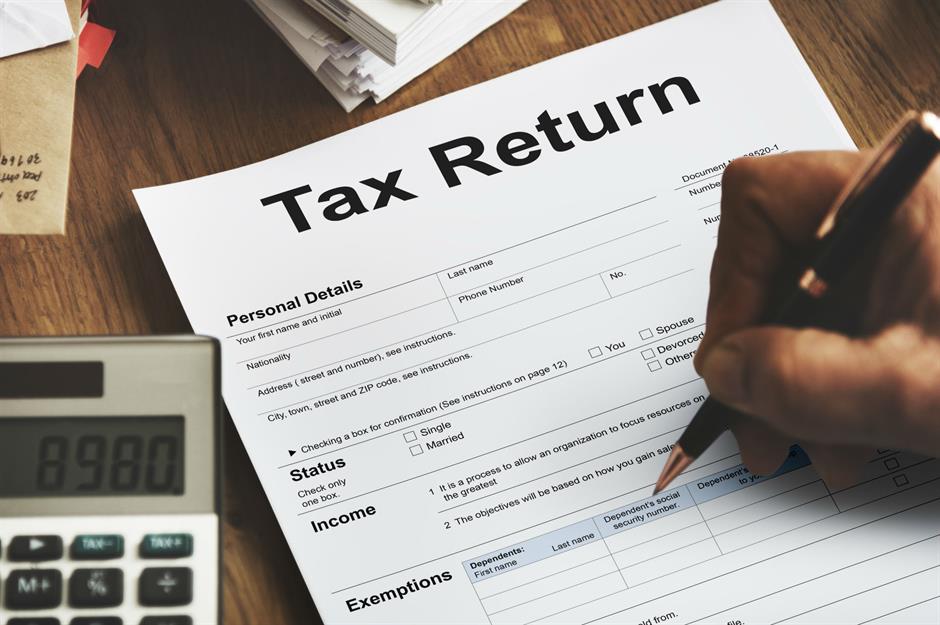
In the UK, the Department for Work and Pensions (DWP) revealed that Brits are missing out on £10 billion ($12.9bn) in unclaimed benefits, according to data for the financial year 2016/17. In the US, around 20% of taxpayers eligible for earned income tax credits don’t claim it on their tax return, according to IRS data.
Unclaimed tax rebates
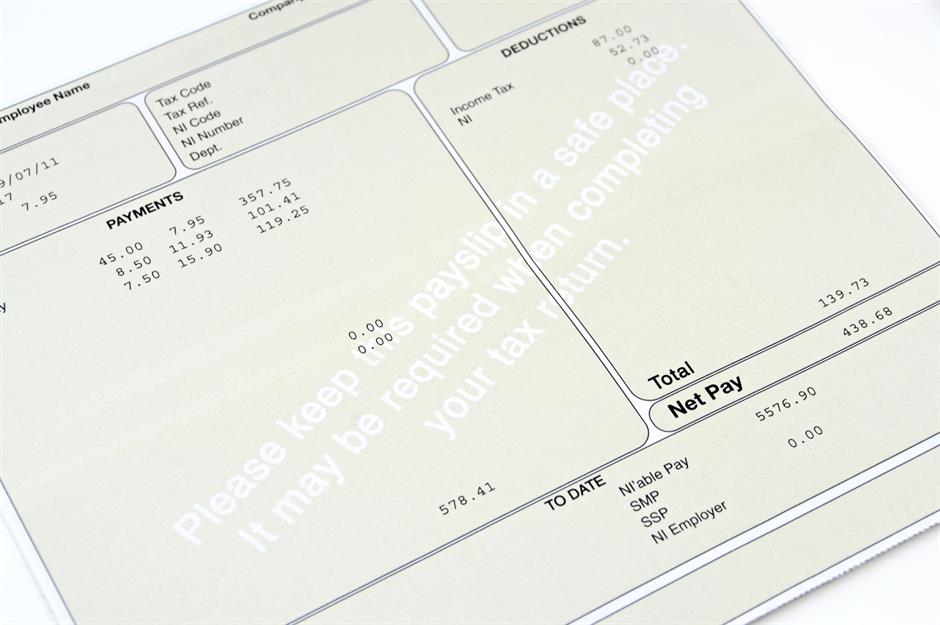
A tax rebate is the money you’re owed back because you’ve paid too much tax. This could be for various reasons, such as if your salary goes down, if there are work expenses that you don’t declare, or if your employer provides the wrong tax code. In the US, the IRS has $1.4 billion (£1bn) in unclaimed federal tax refunds from taxpayers that didn’t file a return in 2015. Meanwhile in the UK, around 14.3 million people have overpaid on tax as a result of being on the wrong tax code, according to research from Intuit QuickBooks UK.
Unused landline phones
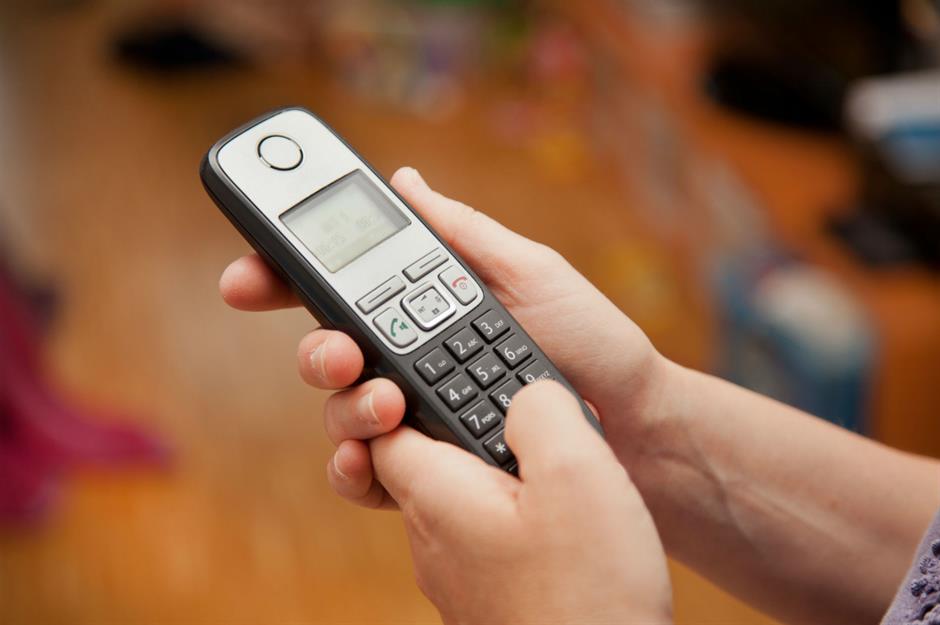
Landline phones are quickly becoming obsolete, yet many people are still paying to own one despite never using it. In the UK, £478 million ($612m) is spent annually by households that don’t use their landline, according to research from comparethemarket.com. In Australia, more than half of the population (55%) owns a landline, and yet 13% of landline owners admit they never use it, according to a finder.com.au survey.
Now find out when the world's natural resources will run out
Comments
Be the first to comment
Do you want to comment on this article? You need to be signed in for this feature
Most Popular
Features How Michael Jackson's children boost their bank balances